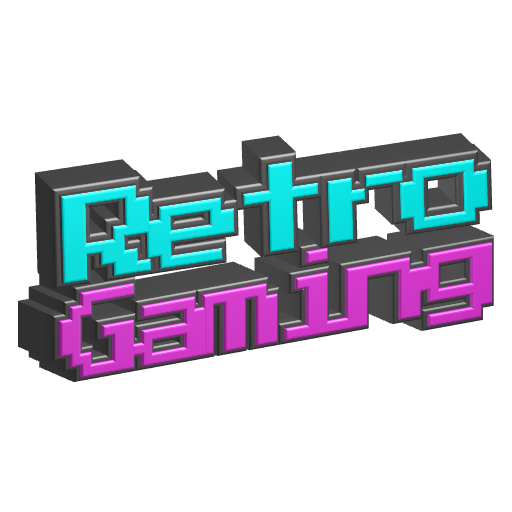

NewPipe hasn’t worked ever since the last 2 months
Weird, it’s been working just fine for me using version 0.27.2


NewPipe hasn’t worked ever since the last 2 months
Weird, it’s been working just fine for me using version 0.27.2


Here is HurricanePootis pinned comment in the AUR.
So, I am going to pin this post.
For now, I am pointing this package to https://git.naxdy.org/Mirror/Ryujinx as it has tags, which is useful for this package.
I am against deleting this package, as with yuzu and citra, forks will arise and then these packages will be resurrected (sometimes by less skilled maintainers cough cough citra). Therefore, I am going to keep an eye out to see where Ryujinx development goes, and go on from there.
You might run into PCIe lanes limitations on the 9k series so just double check what both the CPU and mobo can do when used together.
Its a ploy in that people assume they are eating fruit and not some kind of pulp that’s next to the actual fruit. Jackfruit rags don’t sound too tasty so they leave it out purposefully. I understand but wouldn’t mind if they invented another word to use so if I actually serve jackfruit fruit to people it’s not weird for them by how different it is from the rags.
I still think it’s strange that the seeds aren’t also marketed as edible. Its kinda like potato once boiled so I guess potatoes are just easier to use in a large scale.
You might be thinking of a durian? The bulbs are hollow once you remove the seed in them.
Through three cheese trees three free fleas flew. While these fleas flew, freezy breeze blew. Freezy breeze made these three trees freeze. Freezy trees made these trees’ cheese freeze. That’s what made these three free fleas sneeze.
Dr. Seuss
As someone who loves Jackfruit, i think the actual fruit bulb of one is much too sweet for a pizza topping.
What you are talking about is actually a byproduct of the fruit which is called the rags. Which can be cooked and eaten, as well as the seeds. Although in my opinion the seeds are much tastier than the rags, just boil them till soft. get yourself a fresh jackfruit and try it.
I think it’s great that we can find ways to eat more parts of the jackfruit, but the fact that most Americans think that jackfruit is just the rags and not the actual fruit means that they never had a fresh one and instead fell for a marketing ploy.

I use it. I like it and would recommend it.
Both makes random noises at night that wake me up


Didn’t know that the dreamcast version was superior. I’ll have to check that out.
I could be wrong but I don’t think that the decomp/recomp tools are available for Dreamcast the way they are for n64. Like if I want a game to run natively on Linux without an emulator whike doing things like raytracing then it seems like the n64 games would be where I’d have to start.
Unless there are decomp/recomp tools for the dreamcast?


How easy is it to decomp these games? I really want to play Star Wars Episode I: Racer on Linux with raytracing and all that.


I’ve been parcooking rice like this for about 3 years now. It’s very little effort and doesn’t change the rice enough to matter.


I like this idea in concept. However in most cases failure is mostly due to power loss. So unless these seprate systems have different power sources it might not protect from catastrophy that much.
As some one who does aquaponics at home. Here are some things ive learned which you might consider.
For these reasons, I use aquaponics more as a backup and complimentary grow system to my no till regenative garden. Having an indoor system is great in the winter if you want leafy greens or to proprpgate trees for the next season.


I also like that the only type of MFA that all 3 agencies implement is text/phone call. Cause likes there’s nonway someone could spoof a phone number and then unfreeze your credit.


OK but have you ran x11 on Ubuntu inside WSL from the Windows terminal?
WSL is the only way I’ll use Windows for work.


Thank you for this. It might be beyond my capabilities but I’m going to give this a serious read.


That sounds nice. But what happens if all communication is cut during an emergency of some kind. How do you check if your friends and family are safe. How would you organize to help your community?
Freetube is great, the android version has a few bugs so sometimes I use newpipe instead.